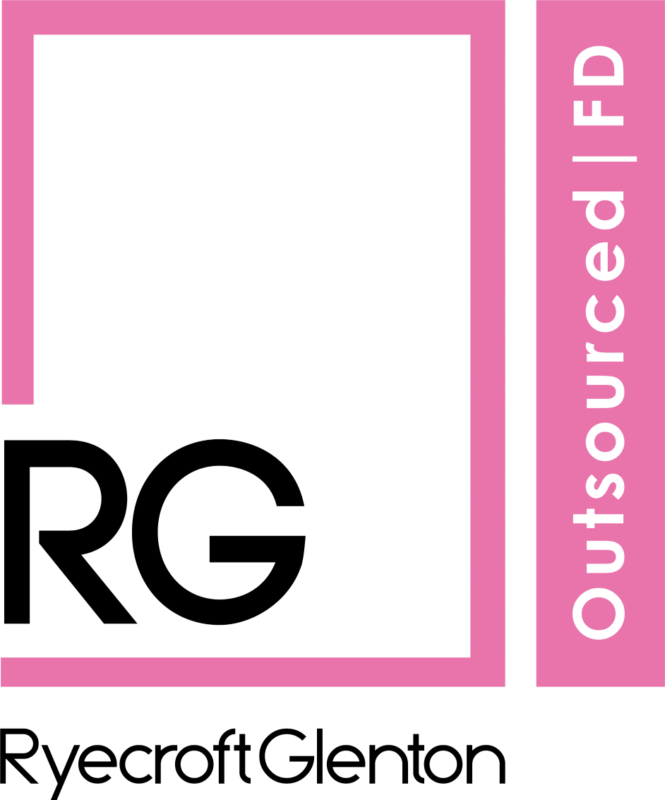Spoiler! The answer is yes, definitely!
There is an age old saying amongst accountants that goes: “Turnover is vanity, profit is sanity, but cash is king!”.
Turnover is “vanity” because regardless of high turnover;
- If expenses and margins are not well managed, the company could incur trading losses; and
- If cash is not received on a timely basis from the revenue generated, then cashflow will become strained.

Profit is “sanity” because it reflects how your business is performing so is fundamentally important. But where is your profit? Ideally, profit generated would be in your bank account, but this is not always the reality. It may be that you have paid out staff salaries, purchased supplies and paid taxes, but the cash from the customer has not yet been received. This can put a strain on cash flow, and whilst the accounts might look great, running the business with no money in the bank won’t feel great!
Why is managing cash flow and forecasting critical?
- Sustaining operations & growth: Regular cash flow ensures that businesses can maintain day-to-day operations smoothly, including paying salaries and covering other operational expenses.
- Supplier and credit relationships: Effective cash flow management can help in maintaining good relationships with suppliers by ensuring timely payments. This can lead to better credit terms and potentially lower costs.
- Informed decision making: Cash flow forecasting helps to predict future cash positions, allowing businesses to make informed decisions about investment, expansion, or debt management.
- Identifying potential shortfalls: Using cash flow forecasting, businesses can foresee periods where cash might be tight and take proactive steps such as arranging credit facilities in advance, or arranging payment plans with suppliers or HMRC.
- Enhancing investment opportunities: With a solid grasp on cash flow, businesses can identify periods when surplus cash is available, allowing for strategic investments that can spur growth.
- Contingency planning: Effective forecasting helps in identifying potential risks and downturns, allowing businesses to develop contingency plans and secure their financial position against unforeseen events.
How can you help manage cash flow?
- Automated credit control: Often companies fall short when doing credit control, as the manual process can be quite time consuming. Chaser is a solution to automated credit control; it is a cloud-based platform that can be set up to send automated invoice reminders, statements, and reminders of credit terms. Chaser can also assist with credit checks and collection of payments. For further information on Chaser, please refer to: https://ryecroftglenton.com/2022/11/23/are-overdue-debtors-impacting-on-operational-cash-flow-is-it-time-to-review-your-credit-control-processes/
- Credit checks: Credit checks are important as they help understand the financial stability and payment history of other businesses and can minimise the risk of overdue payment by helping you identify potentially unreliable or insolvent businesses.
- Credit terms: Agree credit terms with customers and suppliers that work for your business.
- Cash flow forecasting: Assess your future cash flow needs by using cash flow forecasting software, where multiple scenarios can be reviewed to determine predicted future cash flow.
What cash flow forecasting tools are out there?
Float is an easy-to-use online cash flow management tool that seamlessly integrates with Xero. Float enables you to get real time visibility of your businesses cash status and flow, to enable you to make informed business decisions. A key feature of Float is that it brings in data at a transactional level, meaning Float allows you to change expected dates on bills and invoices within the software, to help accurately reflect when you are going to get paid and the resulting impact on cash flow.

FUTRLI combines prediction with cash flow forecasting and reporting. FUTRLI pinpoints the accuracy of short-term cash flow using algorithms to process all your ledger transactions to learn when income and expenses are due. A key feature and benefit of FUTRLI is the “Predict” function, which uses powerful prediction software to create thousands of forecasted transactions. The software reviews historical data and business trends, using maths which “thinks like an accountant” following which you can tweak predictions to re-forecast profit & loss, along with impact on cash flow.

Fathom is a reporting and cash flow forecasting tool, that is easy to use, which helps to assess business performance and review the cash flow impacts of specific different scenarios. A key benefit and feature of Fathom is the “micro-forecast” tool. Micro-forecasts can be used to model and isolate the impacts of individual business decisions for greater visibility on how these decisions impact profit & loss, the balance sheet, and cash flow. For example, how will two new hires impact profit and cash flow? It is easy to turn the micro-forecasts on and off and move the timing, for greater flexibility in planning of events or decisions.

If you have any questions on any of the apps noted above, or require any help with managing cash flow, or cash flow forecasting, please feel free to contact Rachel Johnsone (racheljohnsone@ryecroftglenton.com), Senior Manager in the Outsourced |FD division.



